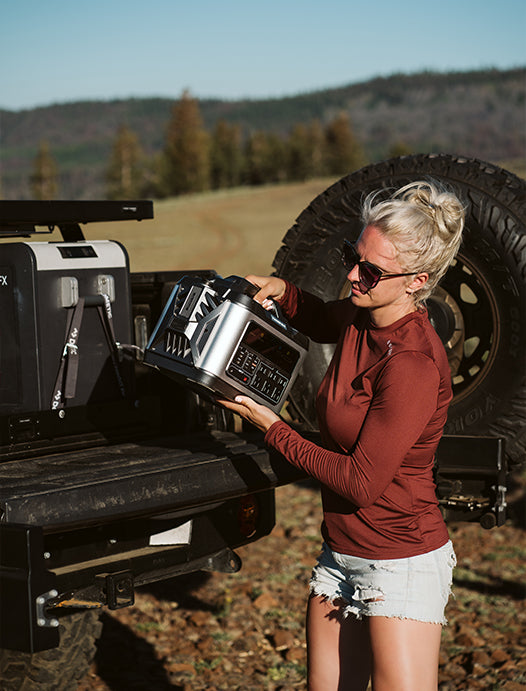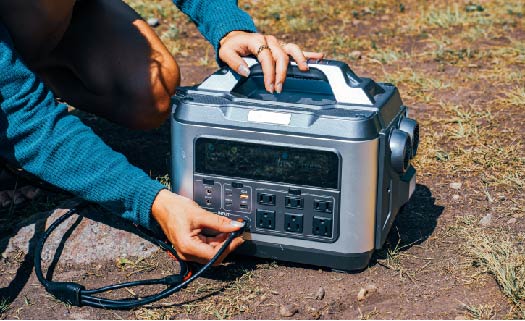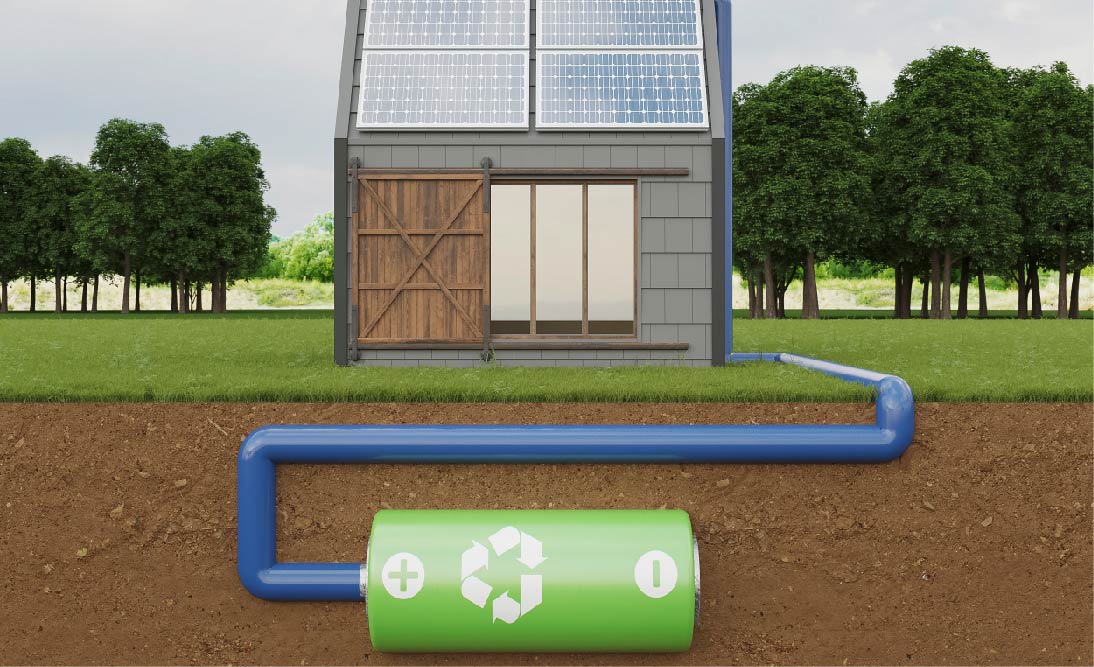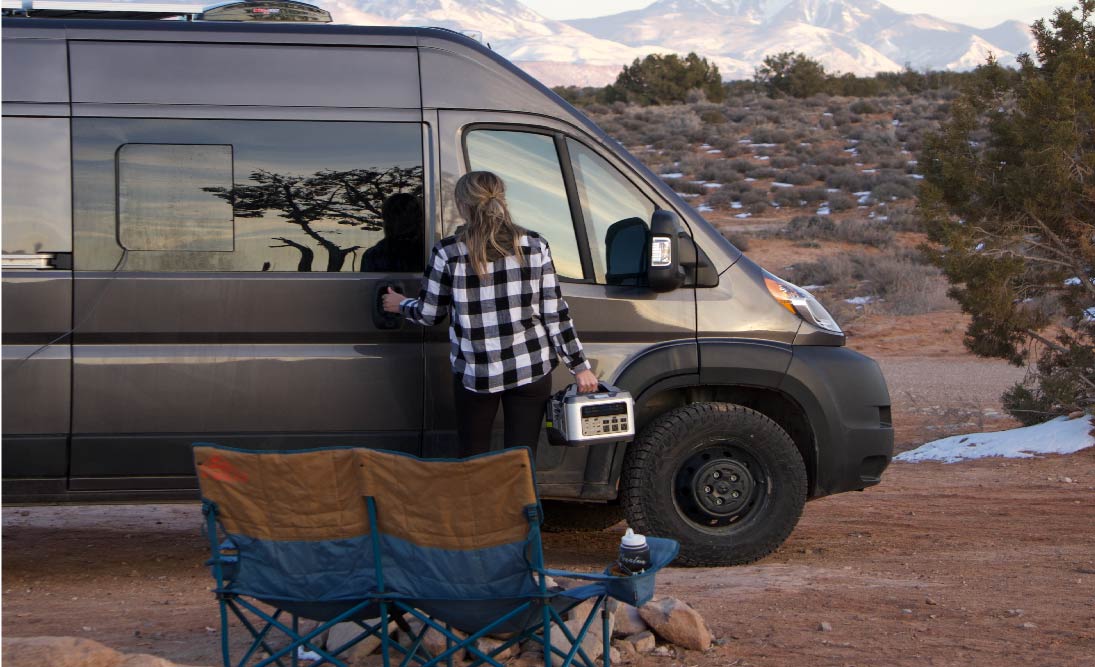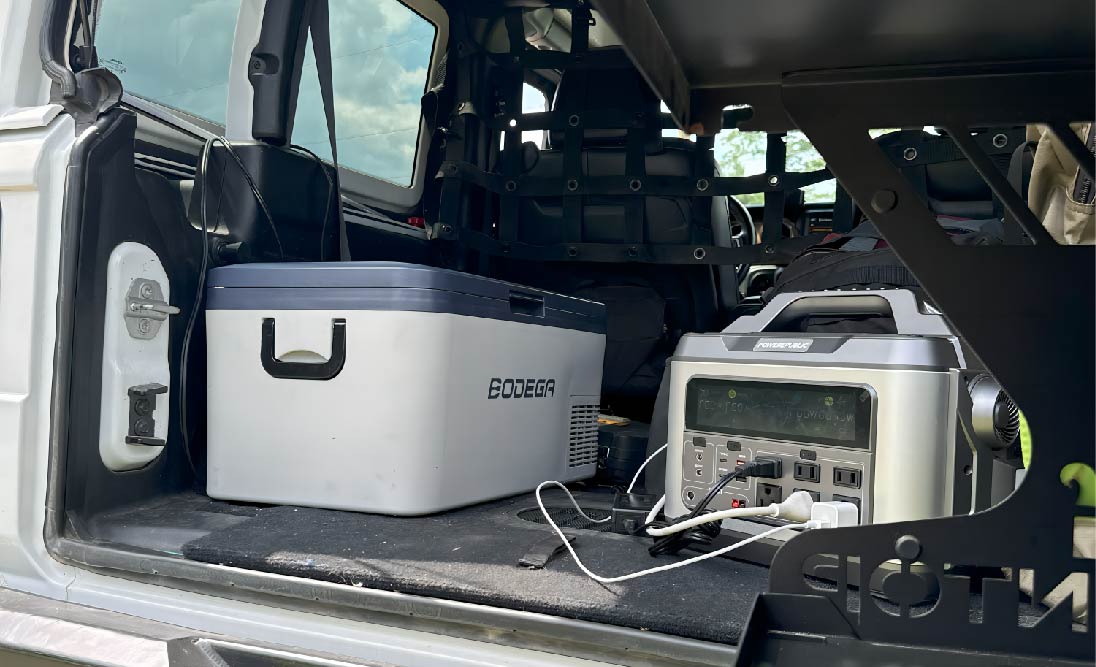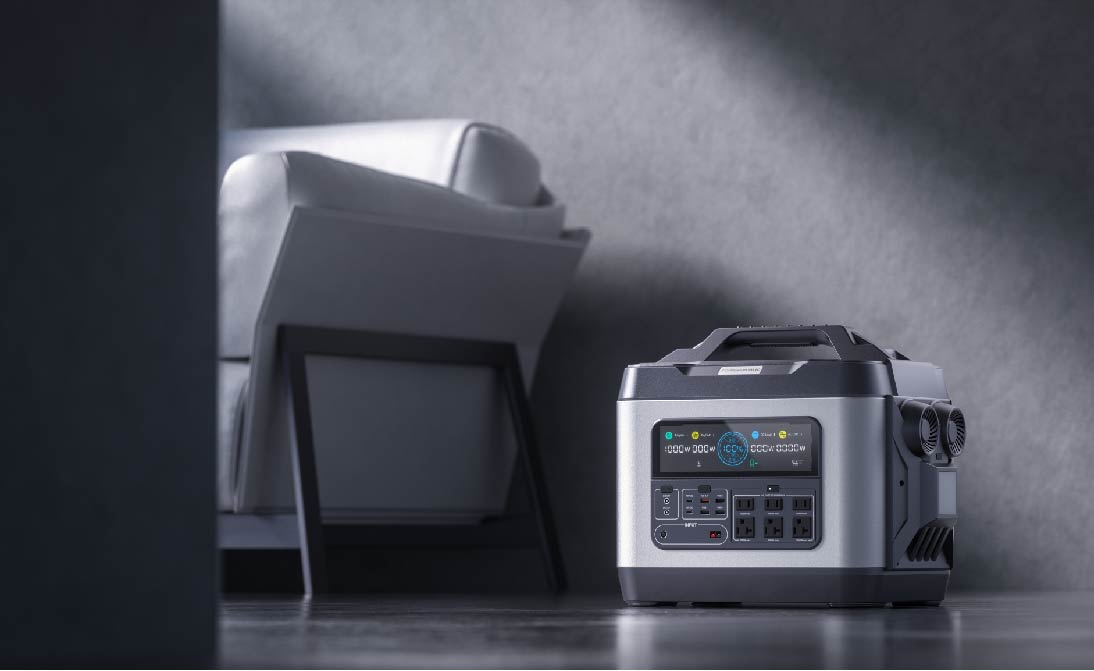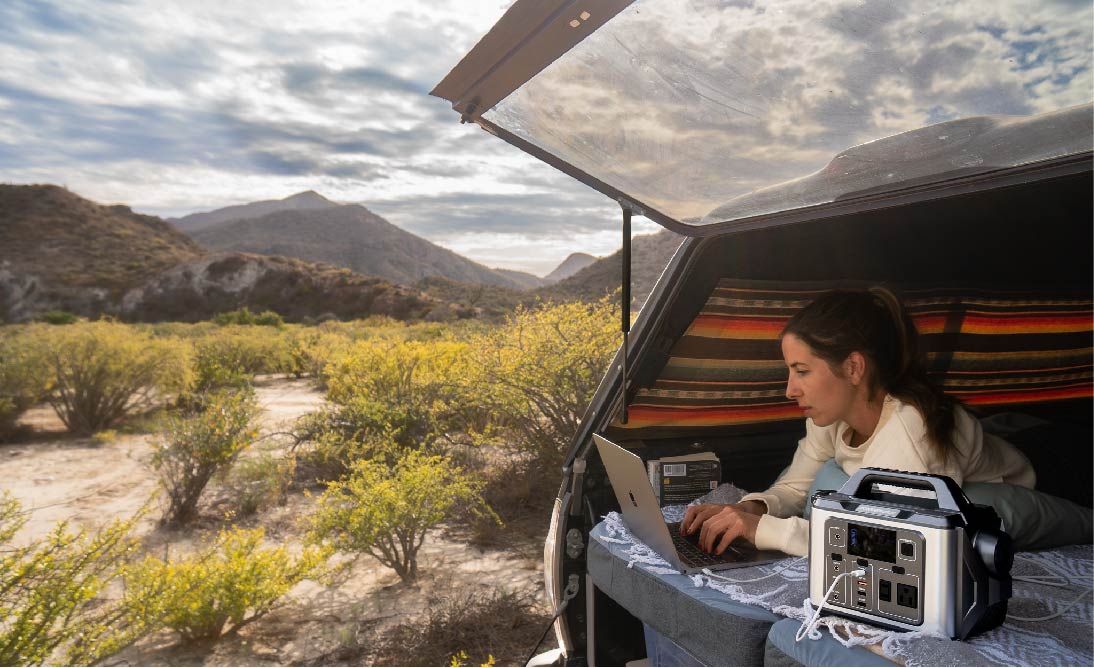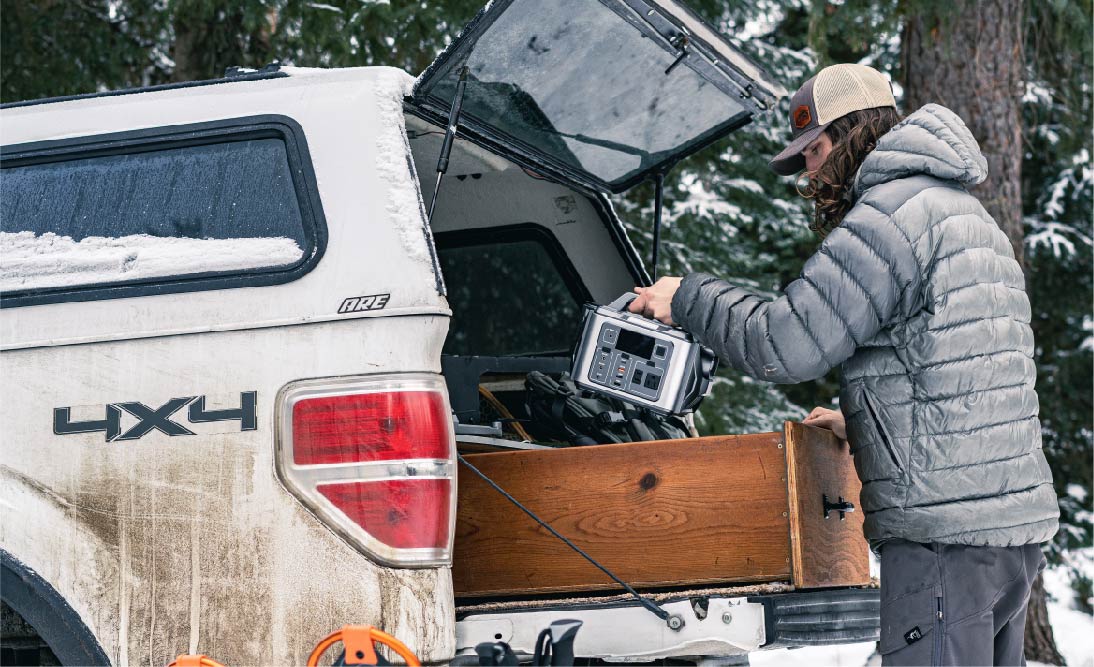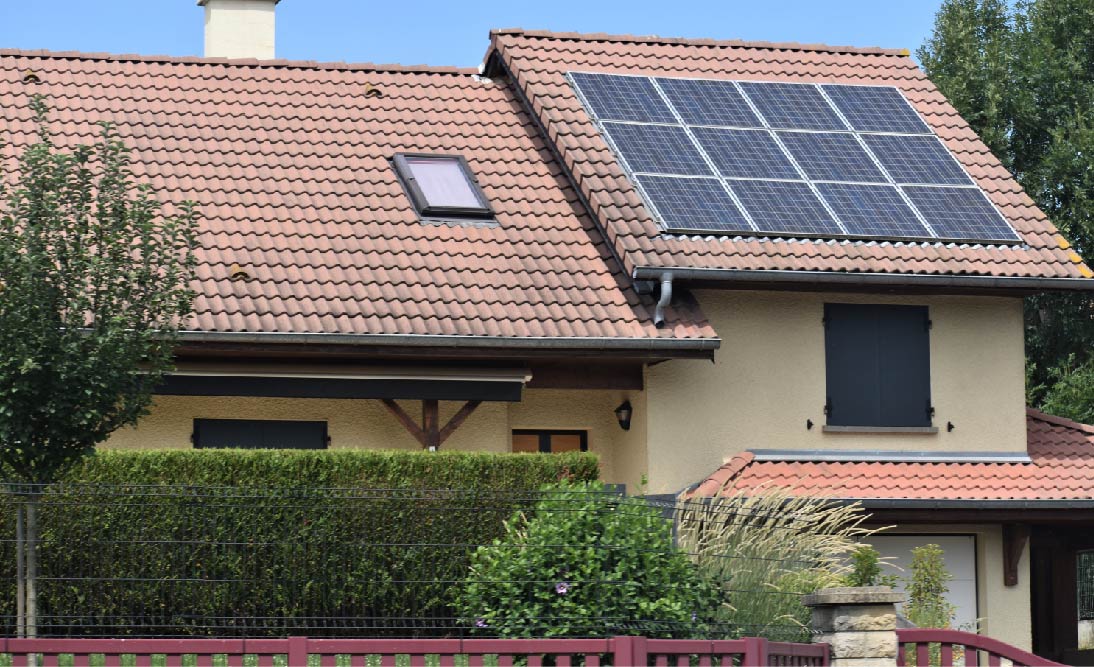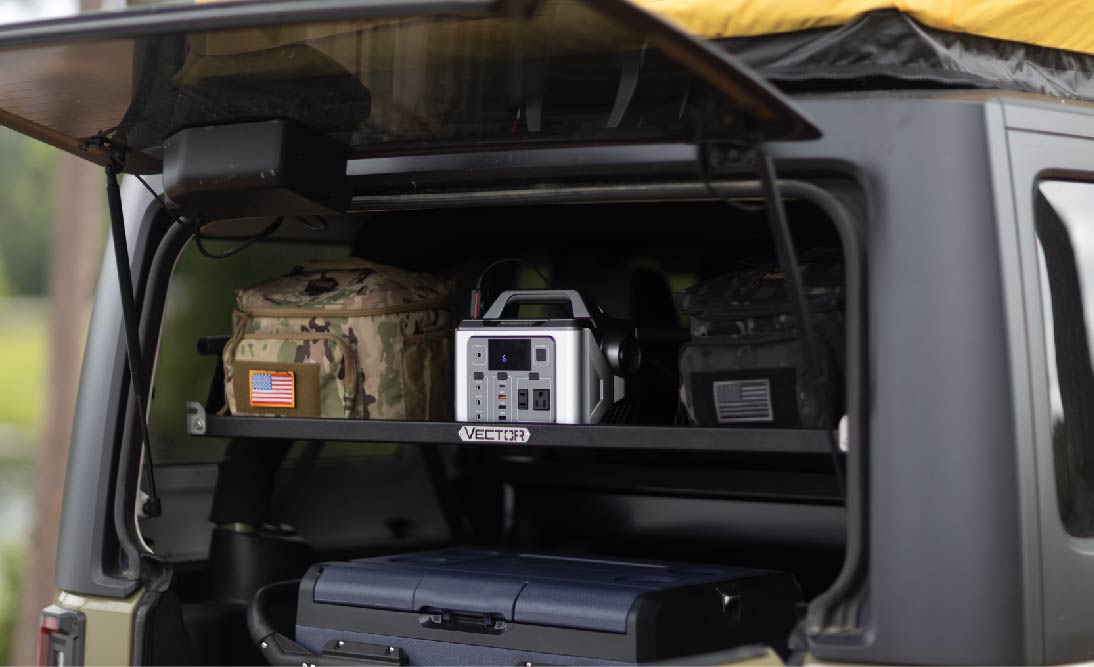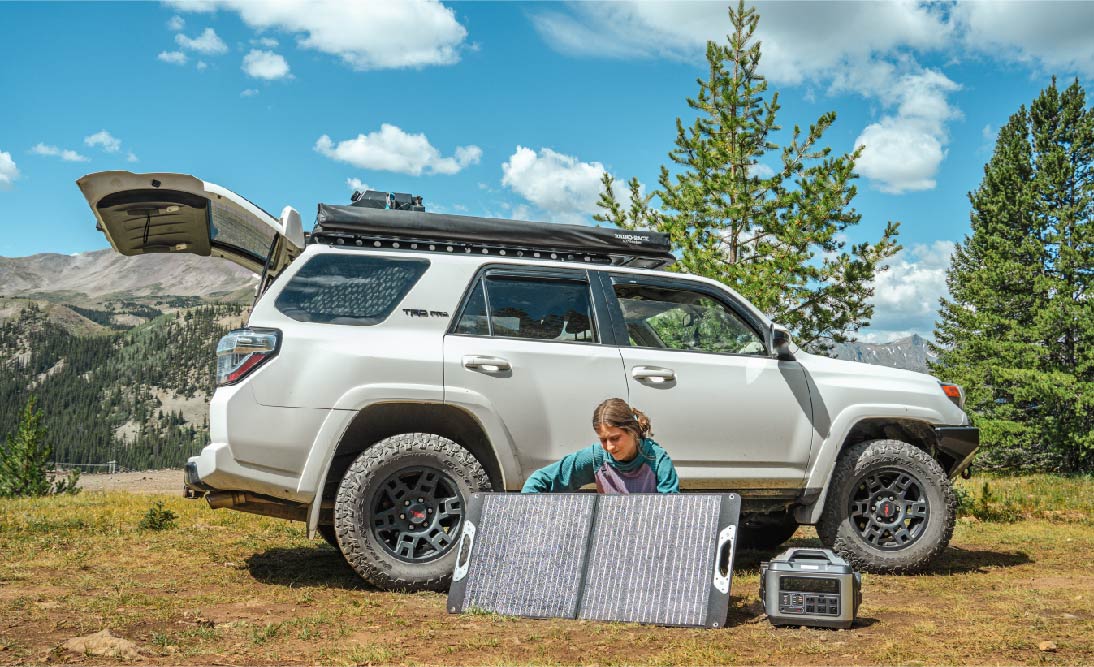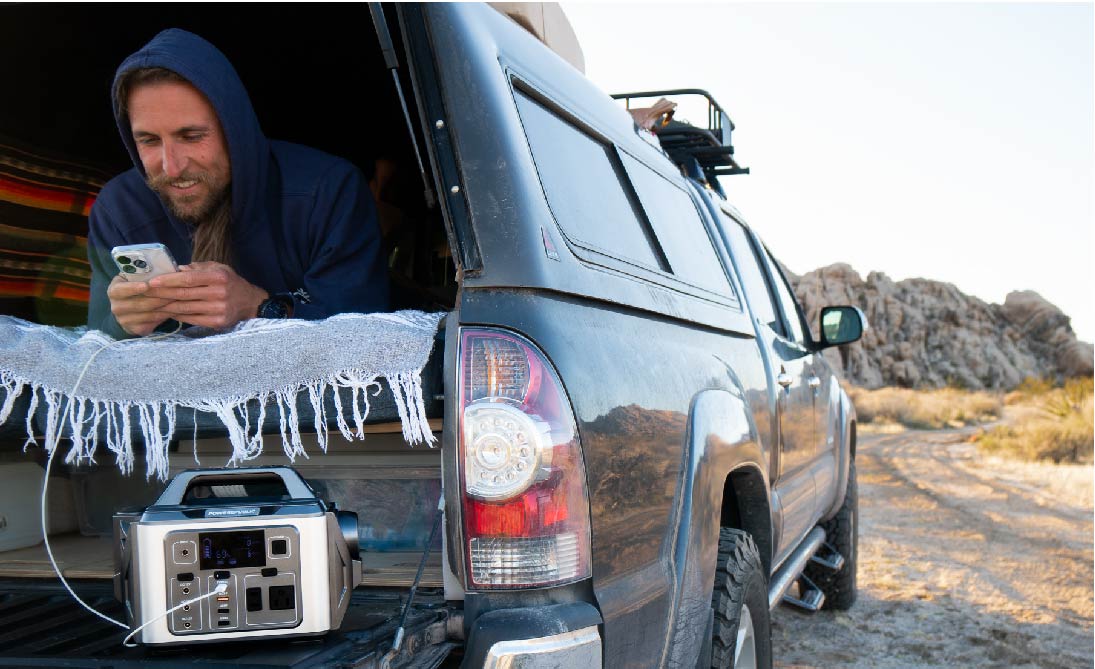Table Of Contents:
As a newcomer to the world of Overlanding, there are some basics you'll want to grasp before embarking on your first adventure. One crucial aspect is understanding what Overlanding vehicles are. After all, an overland journey isn't an overland journey without a proper vehicle dedicated to your expedition.
But, what exactly do we mean by Overlanding vehicles? And how can you recognize one when you see it?
For many folks, an Overlanding vehicle is simply a tough 4WD (four-wheel drive) that can handle the rugged terrains you'll encounter on your Overlanding trip. However, it's important to note that not every sturdy vehicle qualifies as an Overlanding vehicle.
To make things clear, we've gathered all the information you need to understand these specialized machines designed for adventurous expeditions.
Let's Look At The Definition Of Overlanding First

To get what Overlanding vehicles are all about, it's important to understand what Overlanding itself means. In simple terms, Overlanding is like a big adventure where you head to far-off places, enjoy every moment of the journey, and do it all by relying on yourself.
Picture this: Overlanding is a mix of exploring remote areas, driving on and off rugged roads, and of course, camping. While it's been around for a while, it's kind of like the new kid on the block when you compare it to other outdoor activities like camping and off-roading. But it's got its unique flavor, and here's why:
1. Purpose: Overlanding is all about the journey, not just the destination. When folks go overlanding, they're not just trying to get from point A to point B on a map. Nope, the real deal is the adventure itself. They're in it for the thrills and experiences along the way as they explore different places and terrains.
Take camping, for instance; sure, it's cool to get to your campsite and start your camping activities, but the journey there isn't the main event. With overlanding, though, the journey itself is the star.
Now, this might sound a bit like off-roading, where people tackle rough terrain for the challenge. But here's the twist: off-roaders are all about conquering those tricky roads, while overlanders find joy in the adventure itself, whether it's on-road or off-road. Click here to learn more about the differences between Overlanding and Off-Roading.
2. Duration: Overlanding isn't just a weekend thing; it's a long-haul deal. While camping trips usually last a few days or weeks, overlanding can go on for weeks, months, or even years. During this time, overlanders don't set up a permanent camp; they're on the move, exploring various places and often crossing borders.
Here's the kicker: Overlanders are on their own for survival throughout the entire journey. It's a self-reliant trip, unlike many types of camping that might have facilities like hookups. When you're overlanding, you're responsible for arranging everything you need before you hit the road, and your vehicle is like your mobile home.
Speaking of vehicles, that brings us to the next part;
3. Medium: Overlanding is all about using rugged off-road vehicles to reach those remote destinations. See, when you're Overlanding, you'll encounter some tough terrains that regular city cars can't handle. So, you need a vehicle that's tough enough for the job and comfy enough for your journey.
Overlanding Vehicles And Its Definition
At its heart, an overlanding vehicle is just the wheels that make your overlanding trip possible. It could be anything from a bike to a big van or truck. The key is that it's a vehicle that can handle all sorts of terrains, weather, and landscapes, which you'll come across during your journey.
But wait, there's more to it!
Overlanding vehicles aren't the same as vehicles used by off-roaders, even though they both handle rough stuff. So, what's the real difference?
Well, overlanding vehicles aren't just tough; they're also comfy. Imagine being on the road for weeks, months, or even years. You can't stay in hotels all the time or find campsites with all the fancy hookups. Nope, your vehicle becomes your home away from home, carrying your tents, food, and all the gear you need.
So, your overlanding vehicle isn't just a rugged machine; it's also spacious enough to store all your stuff, from generators to cooking gear and personal items. Sometimes, they're even like RVs, providing temporary housing for your adventure.
In contrast, off-road vehicles are mainly built for rough terrain, without much thought for accommodation or comfort. Adding extra weight to them would slow them down and mess up their off-road skills.
Overlanding vehicles, on the other hand, find the balance between off-road capabilities and roomy interiors for a comfy journey. That's why they're often customized to make your adventure more comfortable.
But here's the cool part: you don't have to stick to off-road trails when you're overlanding. Since it's all about self-reliant exploring, you can plan routes on regular roads too.
So, remember, your overlanding vehicle is more than just a ride; it's your adventure partner, carrying everything you need for your amazing journey.
Overlanding Vehicle And Its Features

Understanding what makes an overlanding vehicle unique is important when looking for the right one. Overlanding vehicles are designed for adventurous journeys, and here are the key things to consider when buying one:
1. Off-Road Capabilities: An overlanding vehicle must handle rough terrains effectively. Look for these features:
-
High Ground Clearance: The distance from the lowest part of the vehicle to the ground should be at least eight inches to avoid getting stuck on obstacles.
-
Strong Horsepower and Torque: These ensure power for climbing hills and tackling challenging terrain.
-
Excellent Traction: Good traction control prevents slipping on various surfaces like sand, mud, and gravel.
-
Approach and Departure Angles: These angles help with climbing and descending steep hills.
-
Lower Center of Gravity: A lower center of gravity enhances stability. While it's hard to measure precisely, consider the distance from the engine's centerline to the ground.
2. Comfort: Long overlanding trips require comfort. Look for:
-
Comfortable Seats: Ensure that the seats provide good support for long hours of driving.
-
Roomy Interior: You need space for yourself and your gear without feeling cramped.
-
Adequate Head and Leg Room: This ensures that you and your passengers have enough space.
-
Convenient Features: Consider features like USB ports for charging devices and customizable options.
3. Tire Quality: Opt for high-quality all-terrain tires with excellent traction and durability. You don't want to change tires frequently during your journey.
4. Reliability: A reliable vehicle is crucial for a trouble-free adventure. Research and ask questions:
-
Read reviews and check the manufacturer's website.
-
Talk to the seller and get a second opinion.
-
Look for a vehicle with a good reputation to ensure reliability.
5. Part Availability: Repairs are inevitable, so choose a vehicle with easily accessible replacement parts in your region. This ensures you won't face difficulties when you need to fix or replace components.
When looking for an overlanding vehicle, prioritize these features to ensure a successful and enjoyable journey without breaking the bank.
Do I Need A 4WD For Overlanding?
You don't need a 4WD (four-wheel drive) vehicle for Overlanding; 2WD (two-wheel drive) can work well too. If your 2WD vehicle has excellent features, functions well, and is reliable, it can be a good choice for overlanding. But remember, 4WD vehicles provide more flexibility and are better suited for challenging terrain.
How To Select The Best Overlanding Vehicle?

Investing in a new, top-quality Overlanding vehicle can boost your confidence, but it doesn't mean you have to drain your savings. Sometimes, used vehicles are the perfect solution, offering both affordability and capability for your Overlanding adventures. If you're looking for budget-friendly options with off-road capabilities, check out our list of ten great used Overlanding vehicles.
Overlanding vehicles are tough, off-road-ready machines that make your adventures go smoothly. They can be anything from sturdy Cruisers to rugged Land Rovers, designed to handle various road conditions for extended journeys.
But here's the key: A great Overlanding vehicle doesn't have to be the biggest one out there. It should simply be a reliable and functional ride that lets you enjoy your Overlanding trip to the fullest.
In the end, what truly matters is having a vehicle that works well and comes with all the essential features you need for your adventure.
Final Thoughts
In simple terms, an Overlanding vehicle is like your adventure buddy for off-road trips. It's not about being fancy; it's about being tough and trustworthy. These vehicles need to handle bumpy roads and steep hills, which is why they have features like high clearance, strong power, good grip on different surfaces, and easy hill climbing and descending abilities.
Comfort is also important because you might spend a lot of time in your vehicle. So, comfy seats, enough space inside, and handy things like USB ports for charging make your journey more enjoyable.
Reliability is a big deal too. You want a vehicle that won't leave you stranded in the middle of nowhere. To make sure of this, you can read reviews and ask people who know about cars.
Lastly, being able to find replacement parts easily is a smart move. Even the best vehicles need fixing sometimes, and having parts nearby helps you get back on the road faster.
In a nutshell, an Overlanding vehicle is your trusty sidekick for epic outdoor adventures. It's all about having a ride that's tough, comfy, and won't let you down, so you can explore amazing places and create unforgettable memories, whether it's brand-new or a pre-loved one.
